
Author Mads Timmermann
Mads has 15+ years of experience as a skin expert and has written/read this article.
🔥 New Updated 2025 Guide: 🔥
👉 Get the Clean Skin Guide now
Tired of acne and breakouts that never go away? 🤔
Learn how to fight your acne effectively and quickly.
🌟 390,067 others have already received the guide.
Acne affecting only one side of the face can be perplexing and often prompts individuals to seek out patterns or behaviors that might contribute to this imbalance. Our skin is a complex organ, and an asymmetrical acne breakout suggests there may be specific external or internal factors at play. This condition prompts us to examine our habits, environment, and even our health to uncover the possible causes behind such a localized skin response. Decoding this mystery begins with understanding the acne formation process and the various factors that could lead to it manifesting more on one side of the face compared to the other.
Observing our daily routines, we might start to notice how certain activities, like holding a phone against the skin, resting on hands, or even sleeping on a particular side, could contribute to the occurrence of one-sided acne. Beyond these external factors, our internal environment, including hormones and genetics, plays an equally significant role in how and where acne develops. Addressing this puzzling skin condition requires a tailored approach to diagnosis and treatment, taking into account individual lifestyle habits and potential underlying health issues. As we learn more about the peculiarities of acne on one side of the face, we empower ourselves with knowledge to make informed choices about our skincare and health.
Key Takeaways
- Acne on one side of the face invites an investigation into personal habits and health factors.
- External pressures or irritants often contribute to localized breakouts.
- Personalized treatment strategies are crucial for managing unilateral acne effectively.
Understanding Acne Formation
In our exploration of acne formation, it's essential to grasp the intricacies of skin structure, hormone fluctuations, and bacterial influences. Our understanding of these key factors sheds light on why acne may preferentially develop on one side of the face.
Skin Structure and Pore Function
Our skin is a complex organ, comprised of multiple layers with the epidermis on the surface and the dermis underneath. Pores, tiny openings on the skin, house hair follicles and sebaceous glands which secrete sebum, an oily substance that helps to keep our skin hydrated. When these pores function normally, they facilitate the expulsion of dead skin cells and oils. However, the malfunctioning of pores leads to their blockage, which contributes to the formation of acne.
- Epidermis: The outermost layer of skin.
- Dermis: The layer beneath the epidermis, containing sweat glands, hair follicles, and other structures.
- Pores: Openings for hair follicles and oil excretion.
Role of Hormones in Acne Development
Hormones, especially androgens, play a pivotal role in acne development. They can cause an increase in sebum production, leading to oily skin that is more prone to acne. Furthermore, fluctuations in hormonal levels, especially during puberty, menstruation, or certain medical conditions, can exacerbate the formation of acne.
- Androgens: Hormones that increase during puberty, stimulating sebum production.
- Sebum: An oily substance that, when overproduced, can lead to acne.
Bacterial Contribution to Acne
Bacteria, particularly Propionibacterium acnes (P. acnes), are implicated in acne's mysterious nature, as they can flourish within clogged pores and contribute to inflammation. While P. acnes is not the sole cause of acne, its role in the development and exacerbation of this condition is significant.
- P. acnes: A common bacteria found on the skin that can contribute to the development of acne when pores become clogged.
- Inflammation: A response to bacterial overgrowth that can lead to redness and swelling in acne lesions.
Factors Contributing to Unilateral Acne
Acne on one side of the face, known as unilateral acne, can be perplexing. Our investigation into this phenomenon pinpoints specific routines and external factors that are often responsible for this asymmetrical skin concern.
Sleeping Habits and Pillowcase Hygiene
We often underestimate the impact of our sleeping habits and pillowcase cleanliness on skin health. Pillowcases can harbor dirt, oil, and dead skin cells which, when in contact with the face night after night, may lead to breakouts. It's crucial for us to:
- Change pillowcases at least once a week
- Use natural, non-irritating fabrics
Phone Usage and Bacterial Transfer
Consider the amount of bacteria our mobile phones are exposed to daily. When we press our phones against our cheek, we're creating an ideal environment for acne-causing bacteria to thrive. To counteract this, we should:
- Regularly wipe down our phones with antibacterial wipes
- Utilize hands-free devices as often as possible
Hair and Skin Care Products
Products we use on our hair and skin can also contribute to the development of acne on one side of the face. Ingredients that may clog pores can easily end up on our skin. We need to be vigilant about the products we choose and ensure they are non-comedogenic. Critical steps include:
- Checking for and avoiding pore-clogging ingredients like lanolin, petroleum, or mineral oil in our products
- Washing our face after applying hair products to prevent residue from coming in contact with our skin
Diagnosing and Treating One-Sided Acne
Acne affecting only one side of the face requires targeted approaches to both diagnose the cause and develop an effective treatment plan. We explore professional evaluations, over-the-counter solutions, and prescribed treatments to address this condition.
Professional Skin Assessments
When we encounter persistent one-sided acne, it's important for us to seek a dermatologist's expertise. These specialists provide comprehensive skin assessments to identify underlying factors like contact irritation or sleeping habits that might be contributing to this localized acne. Utilizing diagnostic tools such as skin mapping can reveal whether the acne is due to external factors or internal imbalances.
Over-The-Counter Treatments
Before considering prescription options, we often turn to over-the-counter treatments that contain active ingredients such as benzoyl peroxide or salicylic acid. These topical agents can be effective at exfoliating the skin and reducing inflammation, making them suitable for mild cases of one-sided acne.
- Benzoyl Peroxide: Reduces bacteria and clears pores.
- Salicylic Acid: Promotes exfoliation and unclogs pores.
Prescription Medications and Therapies
For more severe or stubborn cases, we may require prescription medications and therapies. Topical retinoids, oral antibiotics, or hormonal treatments, such as birth control pills, are some of the prescriptions that might be recommended. Additionally, professional treatments like chemical peels or laser therapy could also be effective, depending on the acne's characteristics and our skin type.
Preventative Measures and Lifestyle Changes
To combat acne predominantly appearing on one side of the face, we can take targeted actions on our lifestyle and daily habits. Below, we break down into practical steps involving diet, stress management, and skincare routine adjustments.
Dietary Adjustments
We know that what we eat can have a direct impact on our skin health. Inflammatory foods, such as sugars and dairy, might exacerbate acne, so reducing these can be beneficial. Let's focus on incorporating foods rich in antioxidants and omega-3 fatty acids, like berries and fish, to help soothe inflammation.
Stress Management Techniques
Stress hormones can increase oil production, which can in turn cause acne. Engaging in daily relaxation practices—think yoga, deep breathing, or meditation—can significantly help lower stress levels. We need to ensure our mind's well-being to reflect a clearer complexion.
Regular Skin Cleansing Regimen
Maintaining a consistent skincare routine is essential for healthy and clear skin. To achieve this, start by cleansing your face thoroughly twice a day using a gentle, non-abrasive cleanser. It's also crucial to remove any makeup before going to bed to prevent clogged pores and breakouts. Additionally, if you're uncertain about the right skincare products for your skin type, you can take a skin test that can provide personalized recommendations. This test can help you determine the best products and routine for your specific needs.
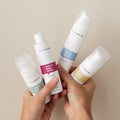
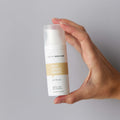
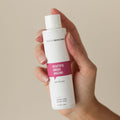
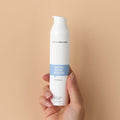
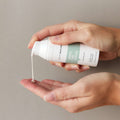
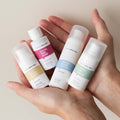
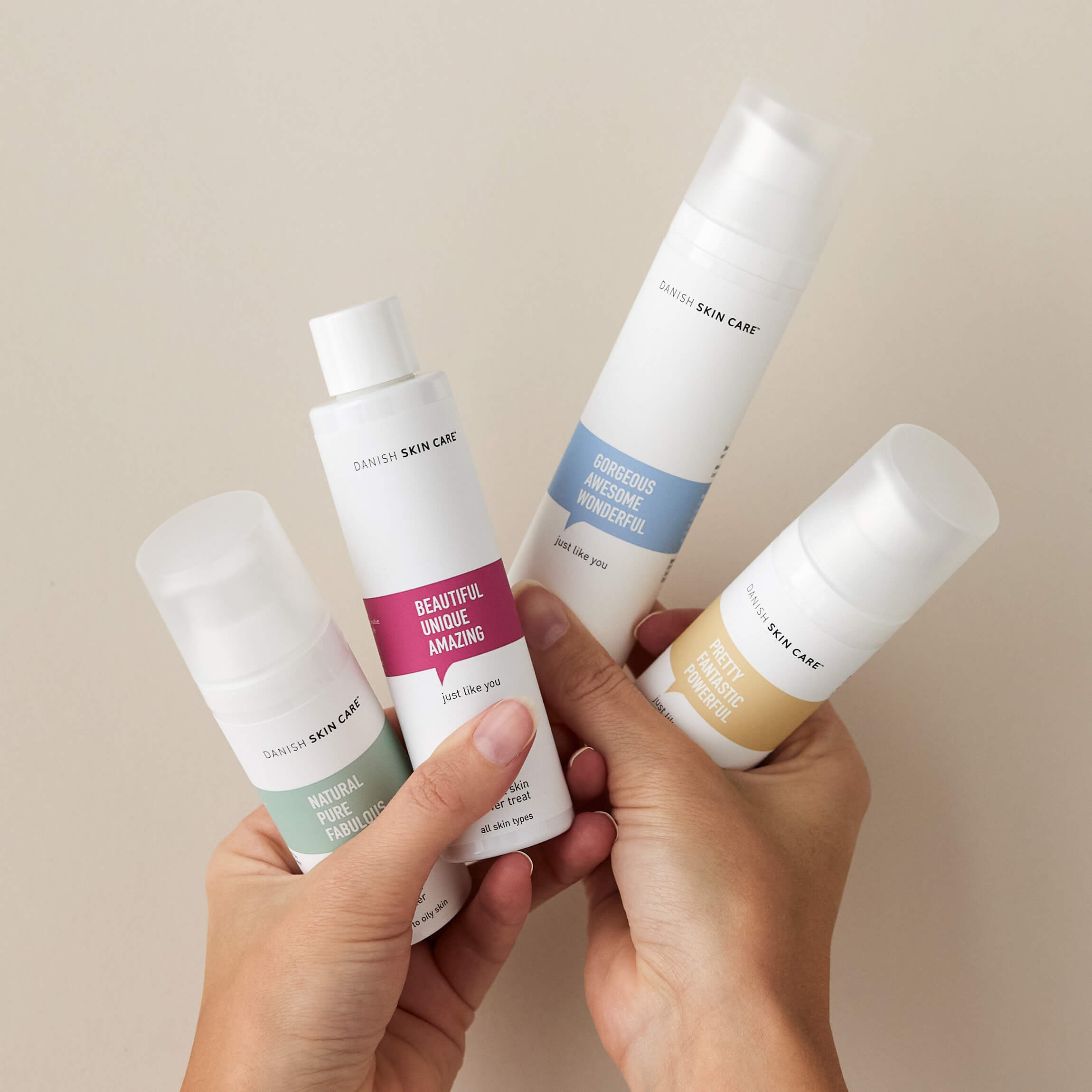
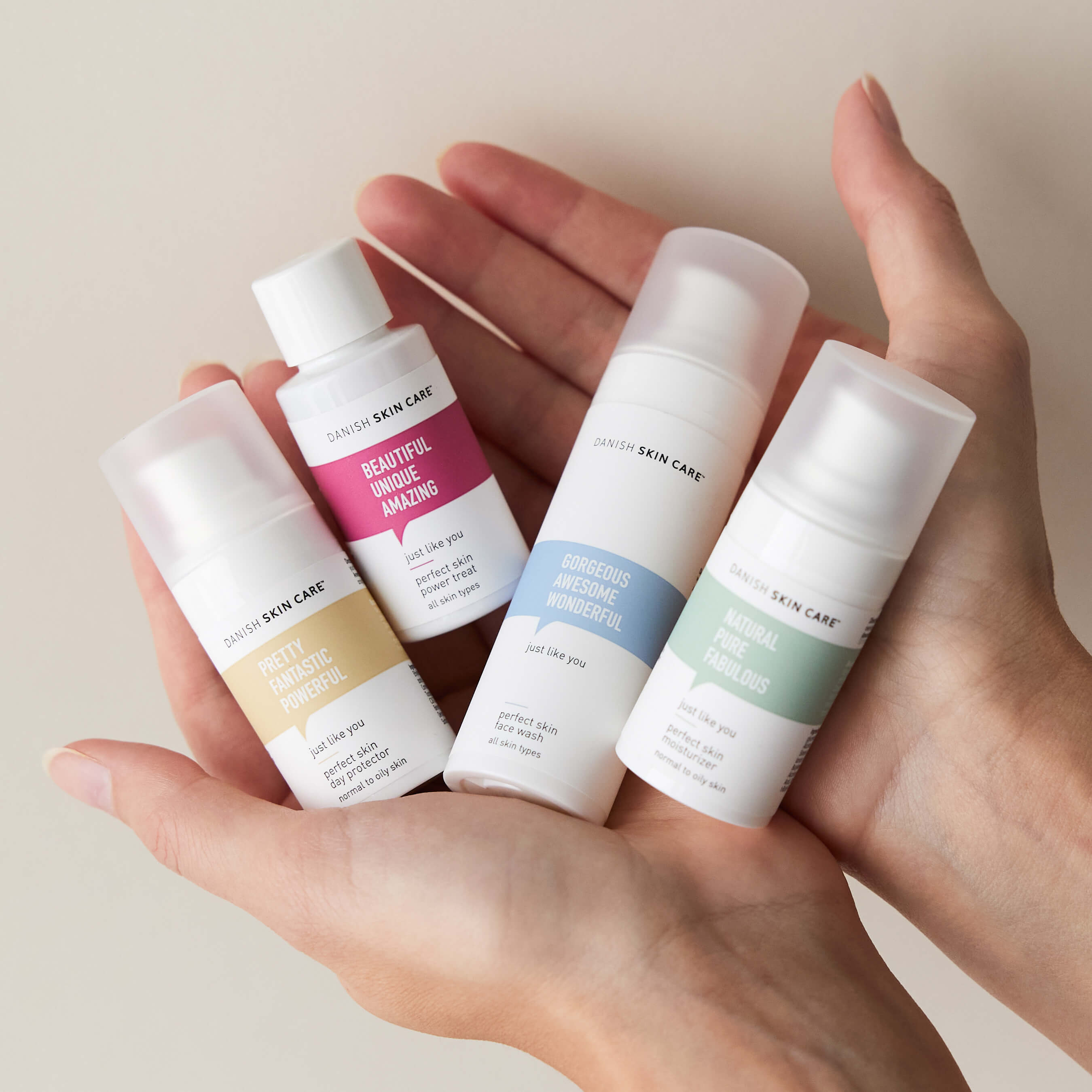
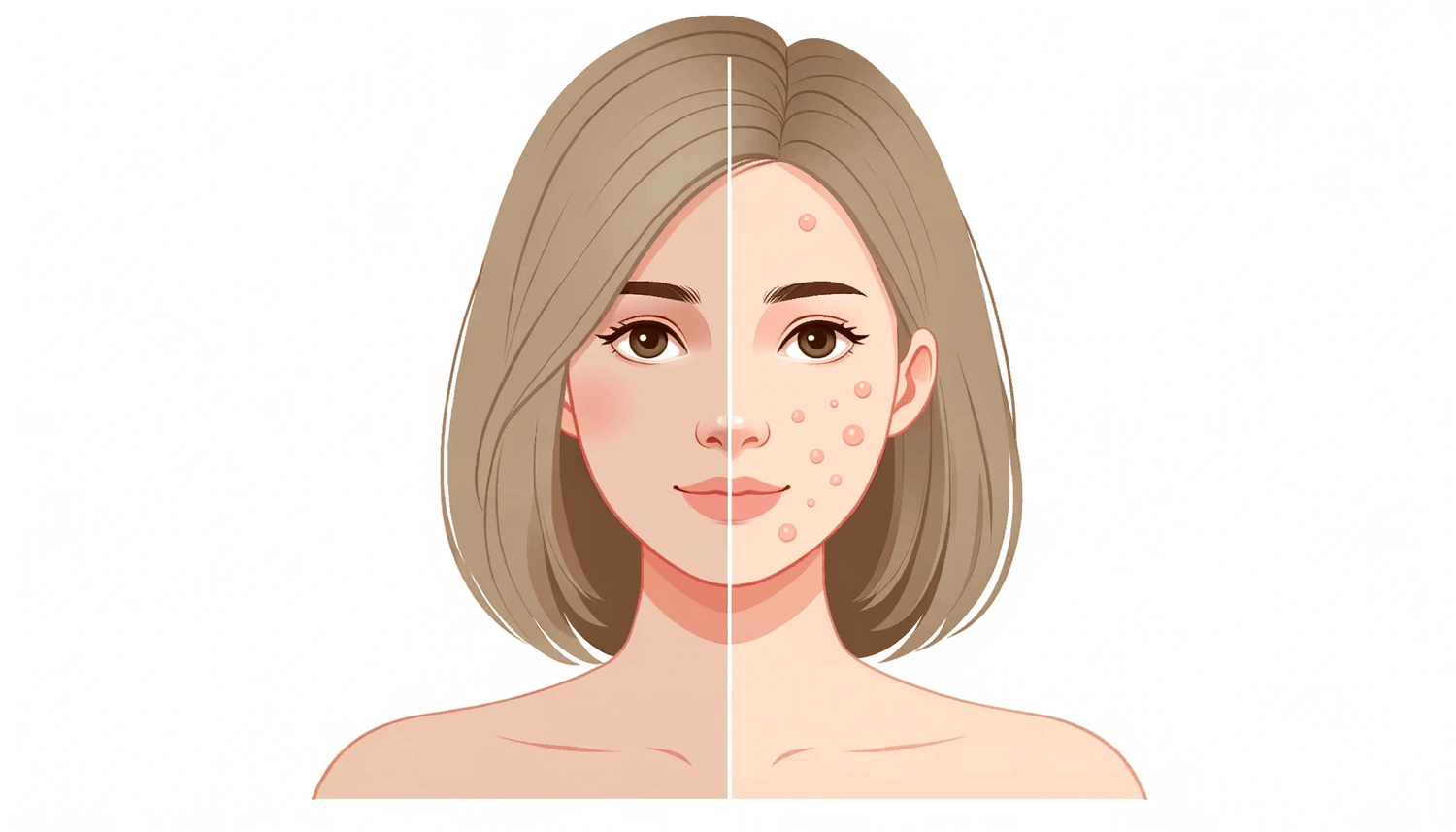
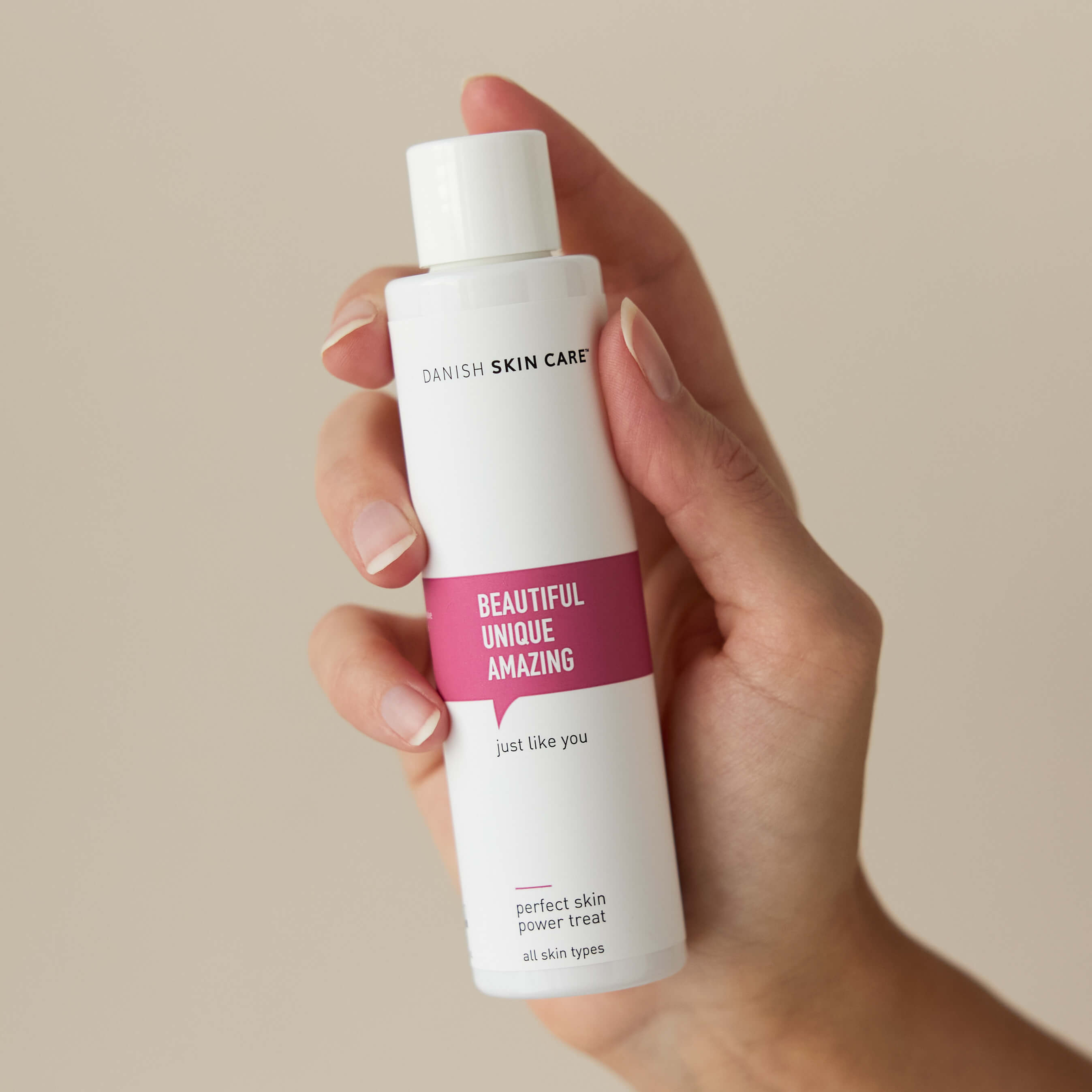
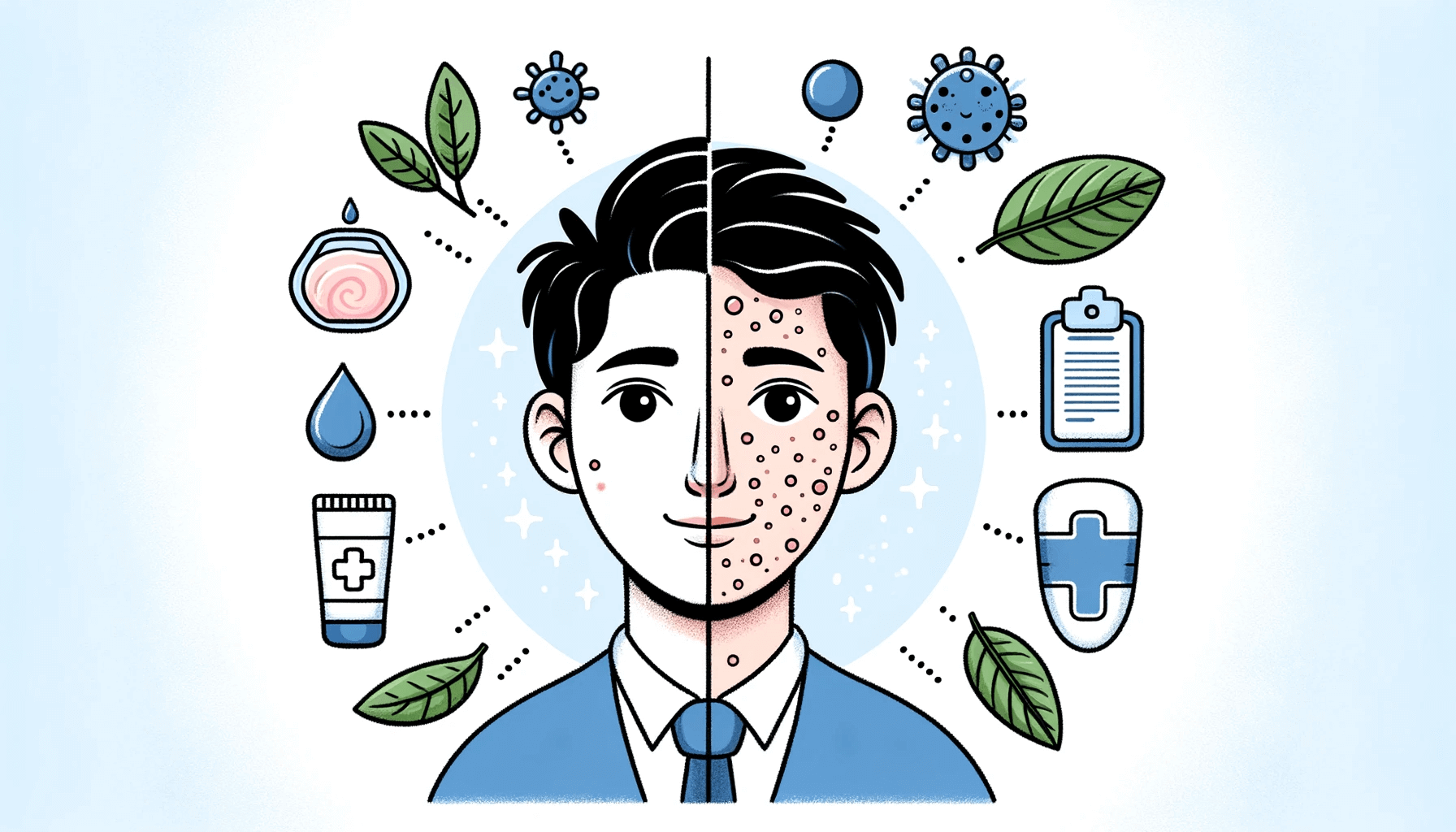
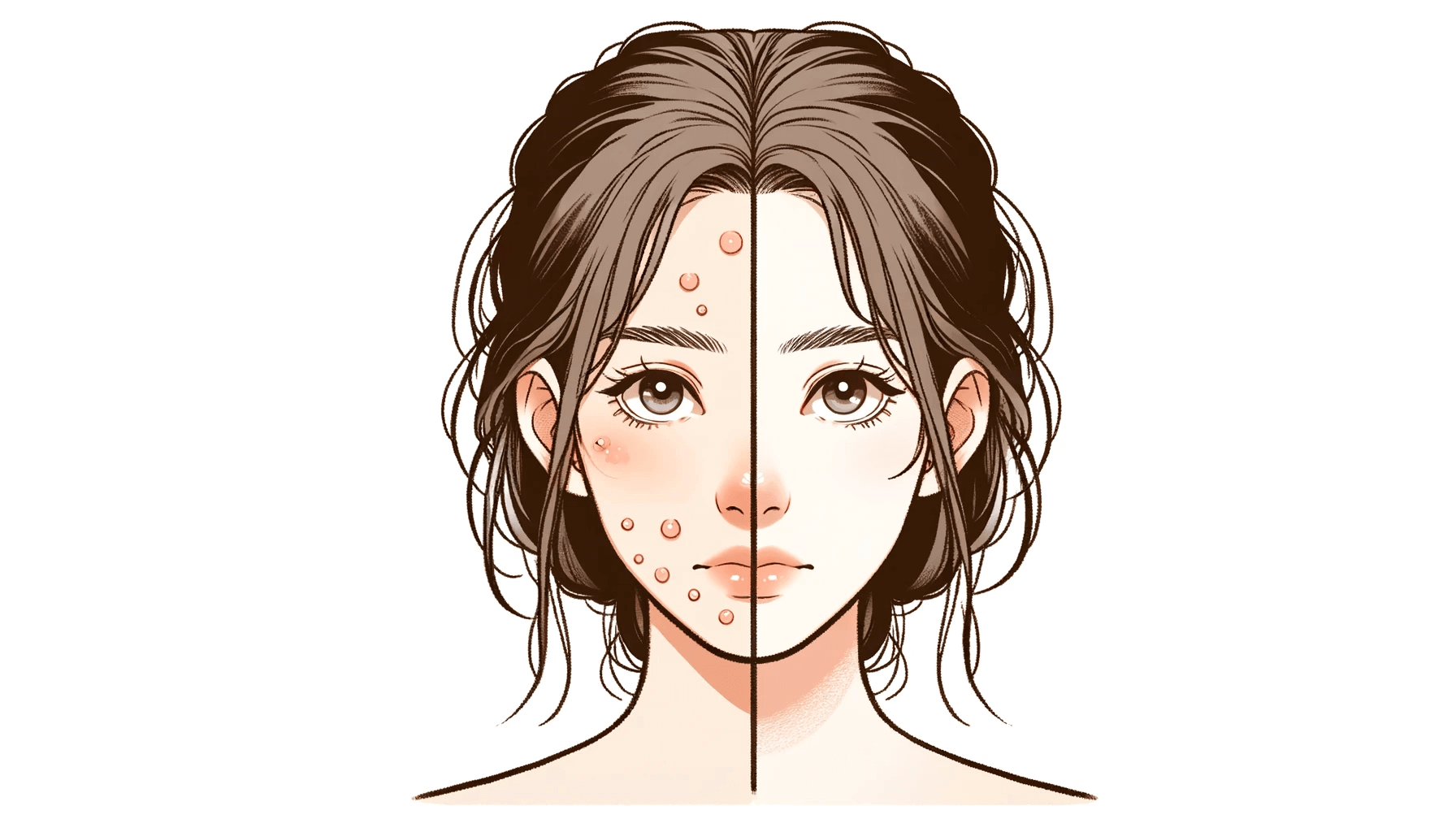
Leave a comment